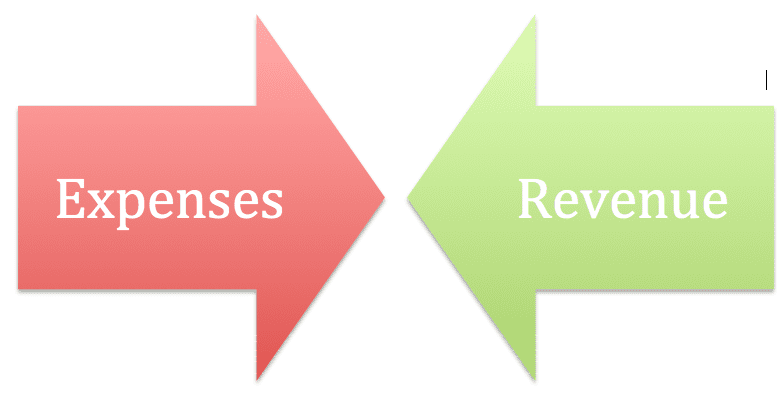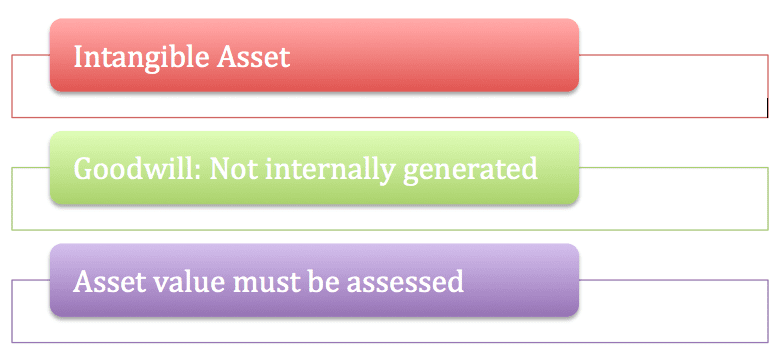What the $4.1 Billion Juul Writedown Teaches Us About Goodwill (Blog post, graphics)
Goodwill is one of the most misunderstood accounting concepts, and the stakes for getting goodwill accounting right are very high.
Altria, the cigarette manufacturer, took a huge financial hit in early 2020 on its investment in Juul, the firm that produces the smokeless/ vaping product.
What Happened
This Reuters article explains that: “Altria Inc said on Thursday it recorded a $4.1 billion charge in the fourth quarter for its investment in Juul Labs Inc, nearly three months after taking a $4.5 billion charge in the e-cigarette maker.
The Richmond, Virginia-based cigarette maker said the charge was mainly due to the increased number of legal cases pending against Juul and the expectation that the number will grow.”
Wow.
So what does “taking a charge” mean, exactly? Let’s start at the beginning.
The Basics of Goodwill
Assets are used to create revenue in your business.
A plumber uses his plumbing truck to visit homes and make repairs. Over time, the truck will decline in value, and he’ll post depreciation expense to account for the truck’s decrease in value. The depreciation expense- and other expenses- are matched with revenue earned using the truck.
Goodwill is also an asset.
In my Accounting All-In-One For Dummies book, I explain the goodwill is an intangible asset, meaning an asset with no physical presence. Patents, copyrights, and trademarks are assets that are intangible.
Now, here’s the source of confusion. Goodwill cannot be internally generated.
That may sound strange.
When Apple created the iPhone, didn’t they take the R&D costs and capitalize them as an asset? After all, the iPhone has made Apple millions of dollars in profit.
The answer, in most cases, is no. Here’s why.
Accounting standards assume that it’s too difficult to identify the specific R&D costs that created a patent, copyright, or some other intangible asset. So to be conservative, accountants expense R&D costs as incurred.
You create goodwill when you purchase an asset for a price that’s greater than the fair market value of the assets. This video from my You Tube channel explains accounting for goodwill.
Which brings us to the Juul writedown.
You can’t have an asset on your balance sheet at a value that is more than it’s currently worth. So, when Altria determines that pending litigation has reduced the value of Juul, it must decrease the goodwill (asset) account and increase expenses.
The Lesson
If a company pays a premium for another business and posts a balance to goodwill, it’s taking a risk. If an acquired firm declines in value, the decrease in value must be immediately posted to expenses.
For more content on accounting, personal finance, and entrepreneurship, join Conference Room for free. Go to Accounting Accidentally for 500+ blog posts and 450+ You Tube videos on accounting and finance:
Good luck!
Ken Boyd
Author: Cost Accounting for Dummies, Accounting All-In-One for Dummies, The CPA Exam for Dummies and 1,001 Accounting Questions for Dummies
(email) ken@stltest.net
(website and blog) https://www.accountingaccidentally.com/



